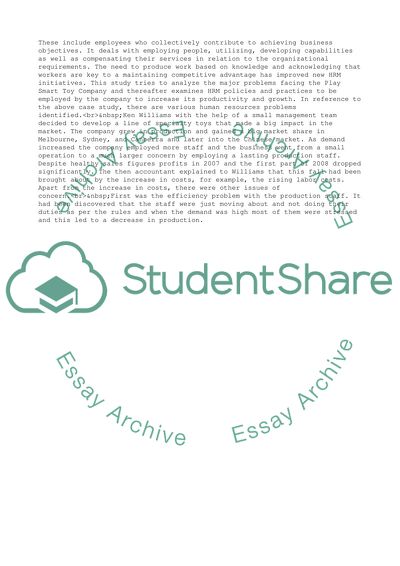Cite this document
(“Development in the Management of Human Resources Assignment”, n.d.)
Development in the Management of Human Resources Assignment. Retrieved from https://studentshare.org/management/1566473-hrm-case-study
Development in the Management of Human Resources Assignment. Retrieved from https://studentshare.org/management/1566473-hrm-case-study
(Development in the Management of Human Resources Assignment)
Development in the Management of Human Resources Assignment. https://studentshare.org/management/1566473-hrm-case-study.
Development in the Management of Human Resources Assignment. https://studentshare.org/management/1566473-hrm-case-study.
“Development in the Management of Human Resources Assignment”, n.d. https://studentshare.org/management/1566473-hrm-case-study.


